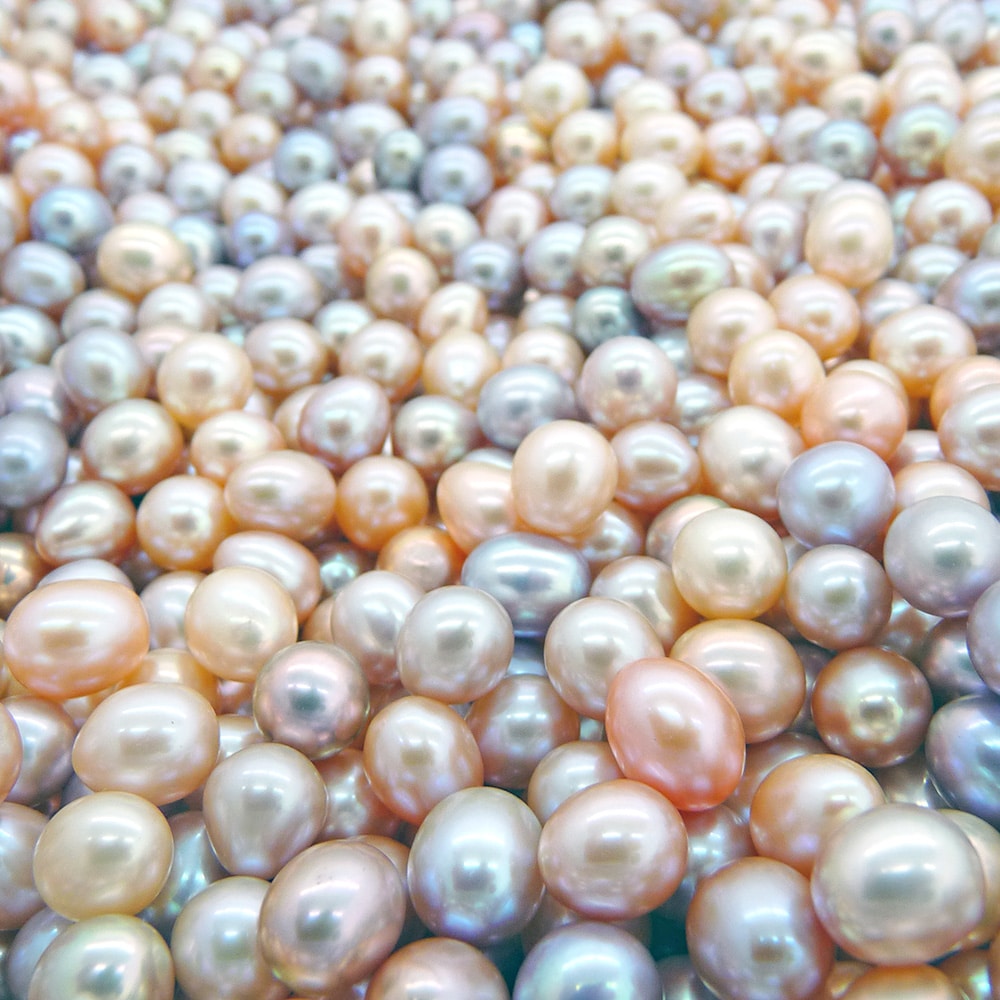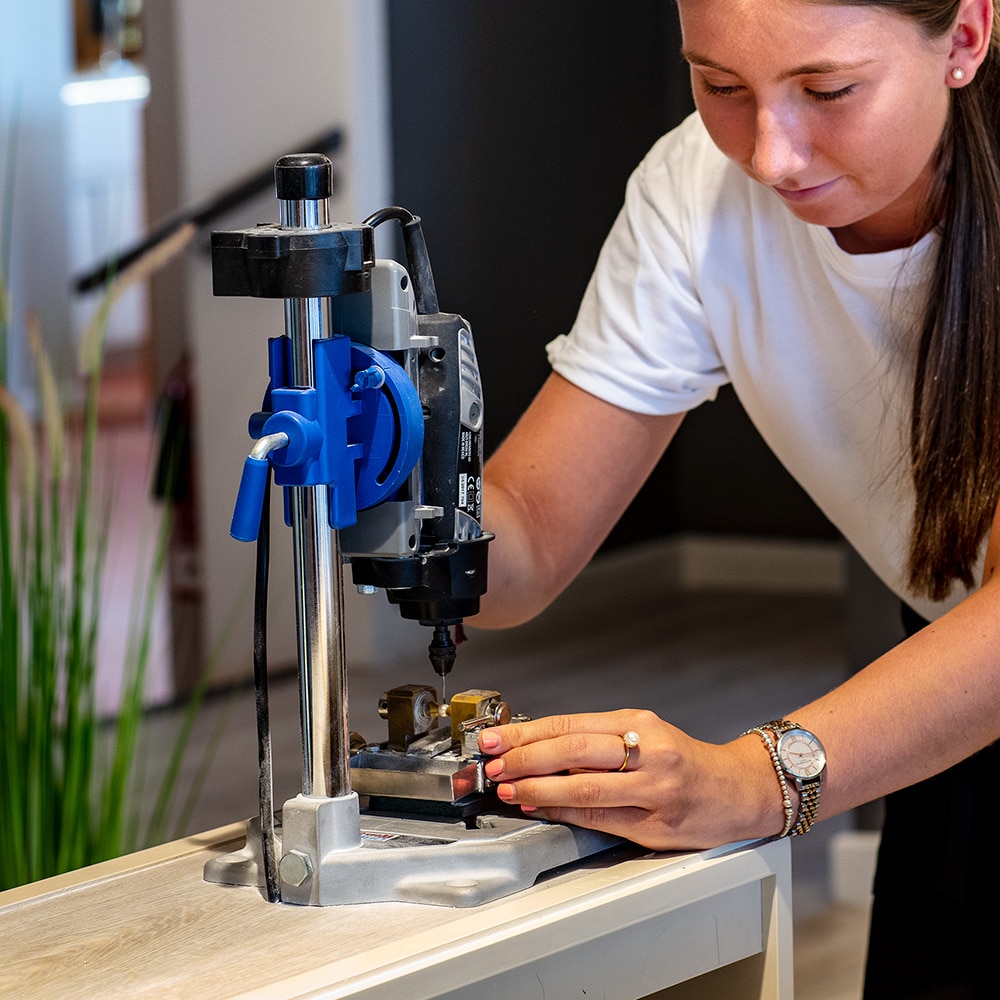CARing for your jewellery
As all jewellery tarnishes over time, following simple instructions will ensure your jewellery remains in excellent condition.
We advise you clean your jewellery with mild, soapy water and polish with a soft cloth. Keep jewellery pieces in separate gift pouch or jewellery box to prevent scratching.
Silver tarnish is a normal process associated with that metal. We use rhodium plating to prevent tarnishing. To maximise the life of the rhodium, we recommend not to polish or clean jewellery until the tarnish appears. Discover our specialist Silver Cleaning Cloths here.
We further recommend not to swim or bathe in silver jewellery and avoid using perfumes and body lotions while wearing the piece.
Brass will also tarnish over time and we recommend you follow the same recommendations as for silver and avoid wearing in water all together.
Diamonds, rubies, and sapphires should retain their integrity and brilliance despite the use of hand sanitisers, but the metal and pearls on your rings and bracelets may not.
Repeated exposure to cleaning agents or hand sanitisers can make the finish on white gold and sterling silver wear faster.
Platinum, yellow gold, or rose gold, are less vulnerable to damage than white gold but rhodium or gold-plated metal will naturally fade to reveal the sterling silver underneath – the repeated use of soap and hand sanitiser will accelerate this process.
Pearls are soft, living gems and regular contact with soap, water and hand sanitiser (alcohol-based and alcohol-free) will irreversibly damage the nacre and lustre of the pearl.
Rule of thumb, remove all rings and bracelets when washing or sanitising your hands, wait until the cool feeling has finished, your skin is dry and then put on the jewellery.
Our guarantee does not cover damage caused by hand sanitiser.
We offer a re-plating service at a cost that’s determined by the nature of the piece. Please give us a call on 01209 203280 to find out more.
extra CARE FOR PEARLS
Pearls can last for generations, but only if they’re looked after properly. Compared to other gems they’re relatively soft and so can be irreparably damaged without proper care.
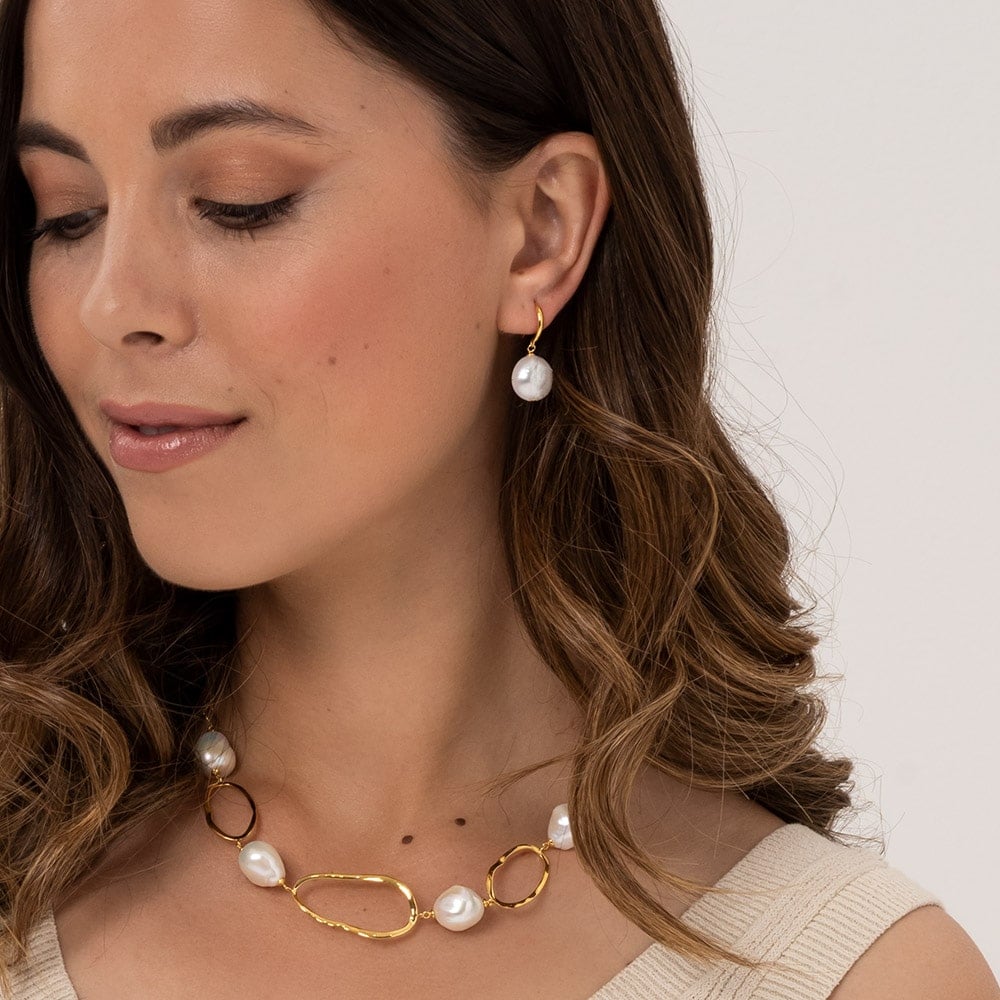
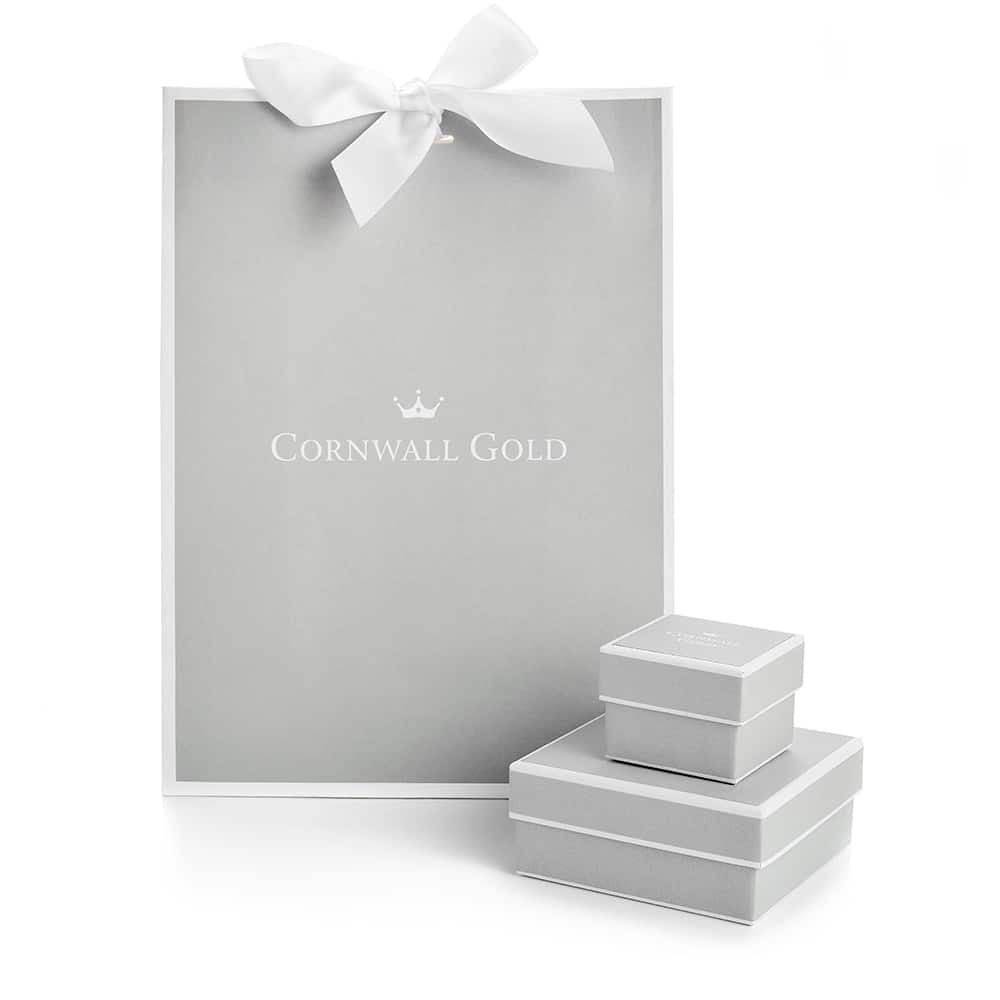
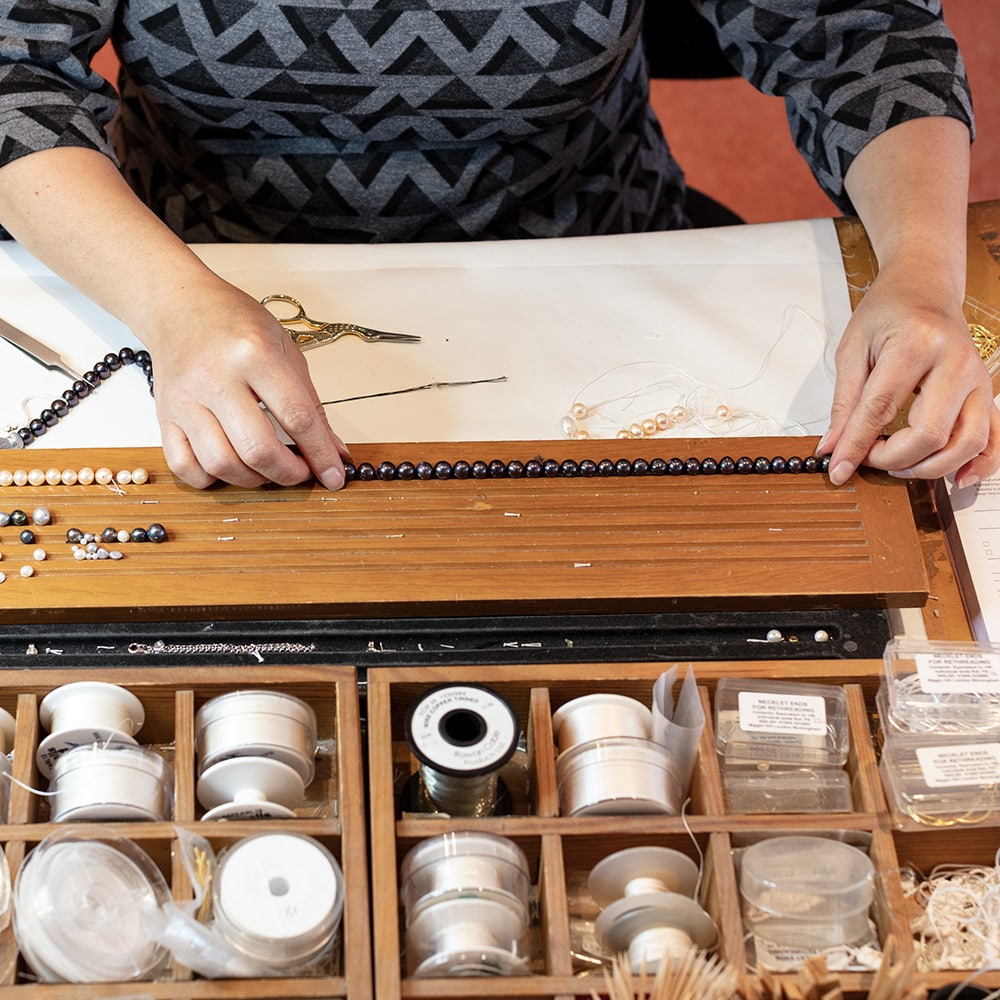
STORING PEARLS
We thoroughly recommend that pearls are kept in a soft cloth, such as the Cornwall Pearl pouches, to prevent scratches. Jewellery boxes contain a lot of sharp edges that can easily damage your pearls. Discover our new Jewellery Box here.
CLEANING PEARLS
Whilst we have found that a very low concentration of mild soapy water is an effective, safe way of cleaning pearls, others say that they must be cleaned using special cleaning kits, such as those supplied by ‘Town Talk Polish Co. Ltd’. We explain the pros and cons of each (cost vs risk) to our customers and let them decide, with the cost of their pearls often influencing their decision.
WEARING PEARLS
Pearls are surprisingly absorbent and need to maintain a certain level of moisture in order to retain their bright colour and lustre. One of the best ways to do this is simply to wear them. They absorb natural oils from the skin, which tops up their moisture levels. Otherwise they turn a dull, yellowy brown and lose their lustre.
There are also a number of chemicals that pearls are susceptible to when worn. The biggest offenders are:
- Perfume and hairspray: these both contain relatively powerful solvents that dissolve nacre.
- Cleaning products: we recommend strongly against wearing pearls whilst using a household cleaning product.
- Other beauty products; the best thing to do is apply your make-up and perfume, wait a couple of minutes and then put your pearls on.
Finally, we advise caution when wearing pearl rings. We glue our pearls onto a relatively thick metal post, but a sharp blow or simply wearing gloves over the pearl (gardening seems to present a dangerous combination of these circumstances…) can break the post or knock the pearl off.
RE-STRINGING PEARLS
Our string of pearls are individually knotted using two strands of silk thread. The knots prevent the pearls from rubbing together and make sure that only one pearl would be lost if the strand breaks. The advantage of silk is that the knots relax as they’re warmed when worn giving a nice supple string, and then re-tighten naturally when they’re put away.
However, depending on how often they’re worn and the size of the pearls the knots will eventually stretch and/or become discoloured. This isn’t a big problem as pearls can be re-strung relatively affordably.
Your first restring for strings and bracelets strung on silk is free. All you need is your receipt. You pay for postage to us and for the return postage to you. Contact us on 01209 203 280 or contact us online here

